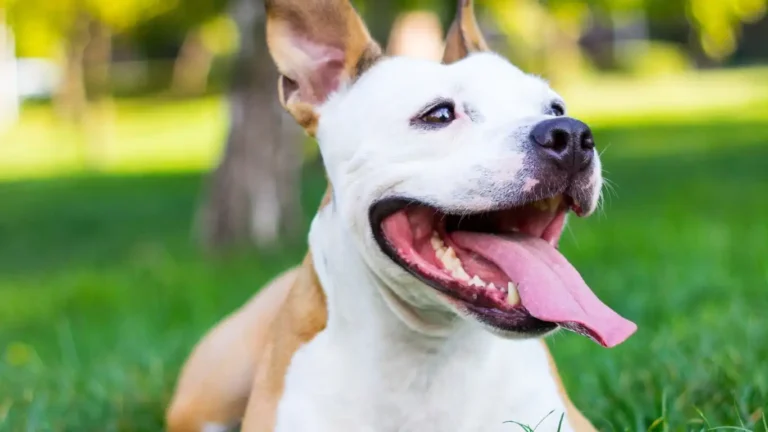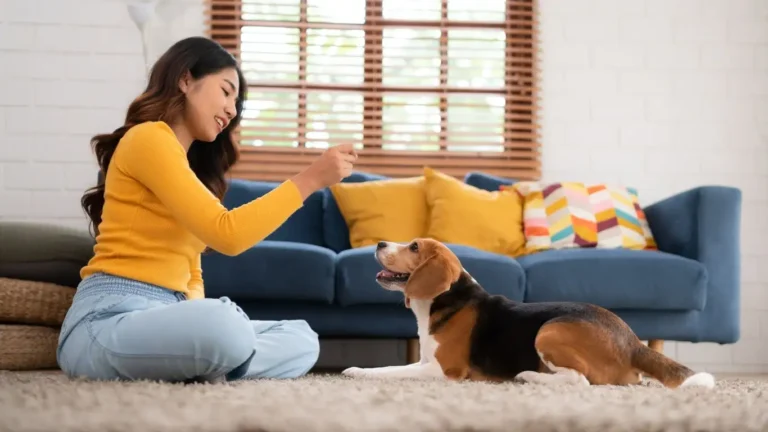The Ultimate Daily Care Routine for Dogs: Keep Your Pup Happy & Healthy!
Taking care of a dog isn’t just about giving belly rubs and playing fetch—it’s about setting up a daily care routine that keeps them happy, healthy, and thriving. Whether you’ve just adopted a puppy or have been a pet parent for years, having a structured schedule makes life easier for both you and your furry friend. As a pet nutritionist and someone who’s worked in veterinary clinics, I’ve seen firsthand how a consistent routine improves a dog’s well-being. Let’s break it down and make daily dog care a breeze!
Why a Daily Care Routine is Essential for Dogs

Dogs thrive on structure. Just like humans, they feel more secure and balanced when they know what to expect each day. Without a routine, dogs can develop anxiety, behavioral issues, and even health problems. Here’s why having a daily schedule matters:
- Reduces Stress & Anxiety: Predictability helps dogs feel safe and confident.
- Supports Good Behavior: A structured routine prevents destructive habits like excessive barking or chewing.
- Boosts Physical & Mental Health: Regular meals, walks, and playtime keep their bodies and minds in top shape.
- Strengthens Your Bond: A routine builds trust and deepens your relationship with your dog.
How to Create a Daily Care Routine for Dogs
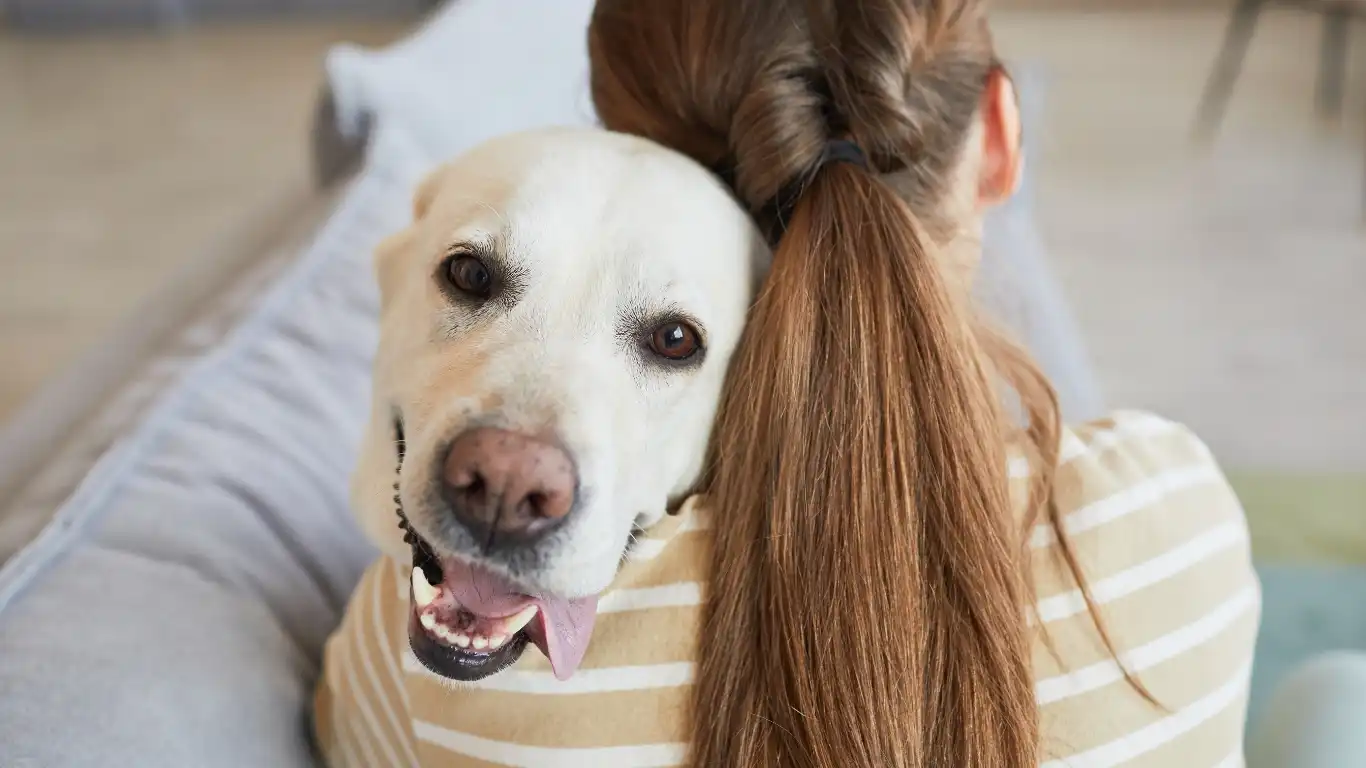
Now that we know why routines matter, let’s dive into how to create a daily care routine for dogs that fits your lifestyle while meeting your pup’s needs.
1. Start the Day with a Morning Routine
Mornings set the tone for the entire day. Just like us, dogs need a fresh start with food, exercise, and a little love. My own dog practically does a happy dance when I open the blinds and greet him in the morning!
- Potty Break: First thing in the morning, take your dog outside to relieve themselves.
- Hydration: Refresh their water bowl with clean, cool water.
- Breakfast Time: Feed them a balanced meal tailored to their age, size, and activity level.
- Morning Walk: A brisk walk or short play session gets their energy out and sets a positive mood.
2. Meal Times & Nutrition
Consistency is key when it comes to feeding. As a pet nutritionist, I always advise pet parents to feed their dogs at the same time every day with a well-balanced diet. Some quick tips:
- Pick a Feeding Schedule: Puppies usually need 3-4 small meals, while adult dogs do well with two meals a day.
- Choose High-Quality Food: Look for protein-rich, nutritionally balanced meals.
- Avoid Table Scraps: Human food can cause digestive issues and bad habits.
- Monitor Portion Sizes: Overfeeding leads to obesity, which brings health risks.
3. Exercise & Playtime
Physical activity is non-negotiable! Without enough exercise, dogs can get bored and act out. Whether it’s a long walk, a game of fetch, or agility training, make sure your pup gets moving.
- Small Breeds: Short walks and indoor play are usually enough.
- Medium Breeds: A couple of walks and a good run in the park work well.
- Large & Active Breeds: They need longer, more intense workouts to burn off energy.
Dogs aren’t just our pets—they’re family. A daily care routine helps them feel loved, safe, and well taken care of. And trust me, once you establish a schedule, you’ll notice a huge difference in their behavior and overall happiness!
Maintaining a Consistent Grooming Routine
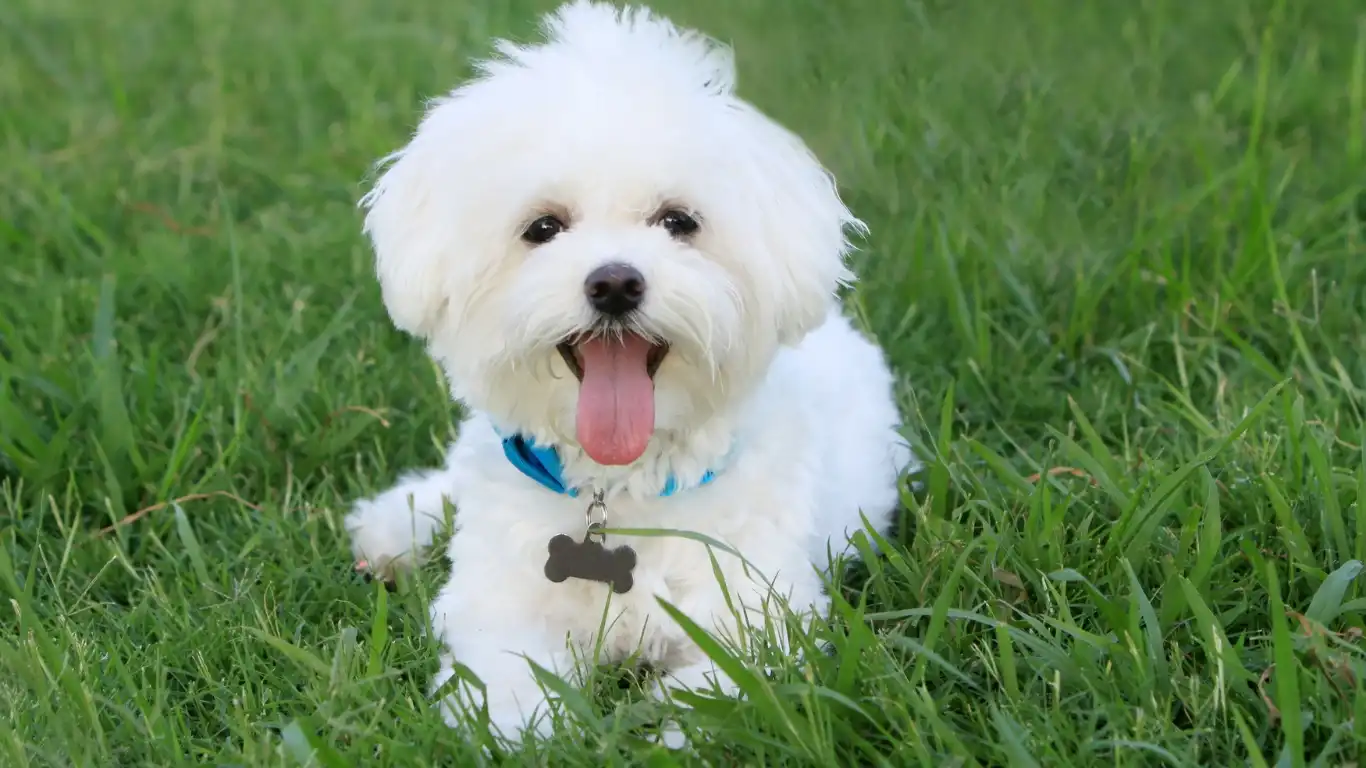
Grooming isn’t just about keeping your pup looking adorable—it’s essential for their overall health. A well-maintained coat, clean ears, and trimmed nails can prevent a lot of common health issues. Trust me, I’ve seen dogs come into the clinic with matted fur causing painful skin infections, simply because their owners didn’t know how important regular grooming was!
1. Brushing Your Dog’s Coat
Different breeds have different grooming needs, but brushing is something every dog benefits from. Not only does it remove dirt and loose fur, but it also helps distribute natural oils, keeping their coat shiny and healthy.
- Short-haired dogs: A quick brush once or twice a week is enough.
- Long-haired dogs: Daily brushing is needed to prevent tangles and matting.
- Shedding breeds: A de-shedding tool can work wonders during shedding season.
2. Bathing: How Often is Too Often?
One of the most common questions I get is, “How often should I bathe my dog?” The answer? It depends! Overbathing can strip their skin of natural oils, leading to dryness and irritation.
- Every 4-6 weeks: Ideal for most dogs unless they get extra dirty.
- More frequent baths: Needed for dogs who love mud or have skin conditions.
- Use dog-friendly shampoo: Human shampoos can irritate their skin!
3. Nail Trimming & Paw Care
Overgrown nails can cause pain and even change the way a dog walks. If you hear that annoying “click-click” sound on the floor, it’s time for a trim!
- Use dog-specific nail clippers or a grinder for a smooth finish.
- If you’re nervous, start slow and trim a little at a time.
- Check their paws for cuts, cracks, or debris stuck between pads.
Training & Mental Stimulation
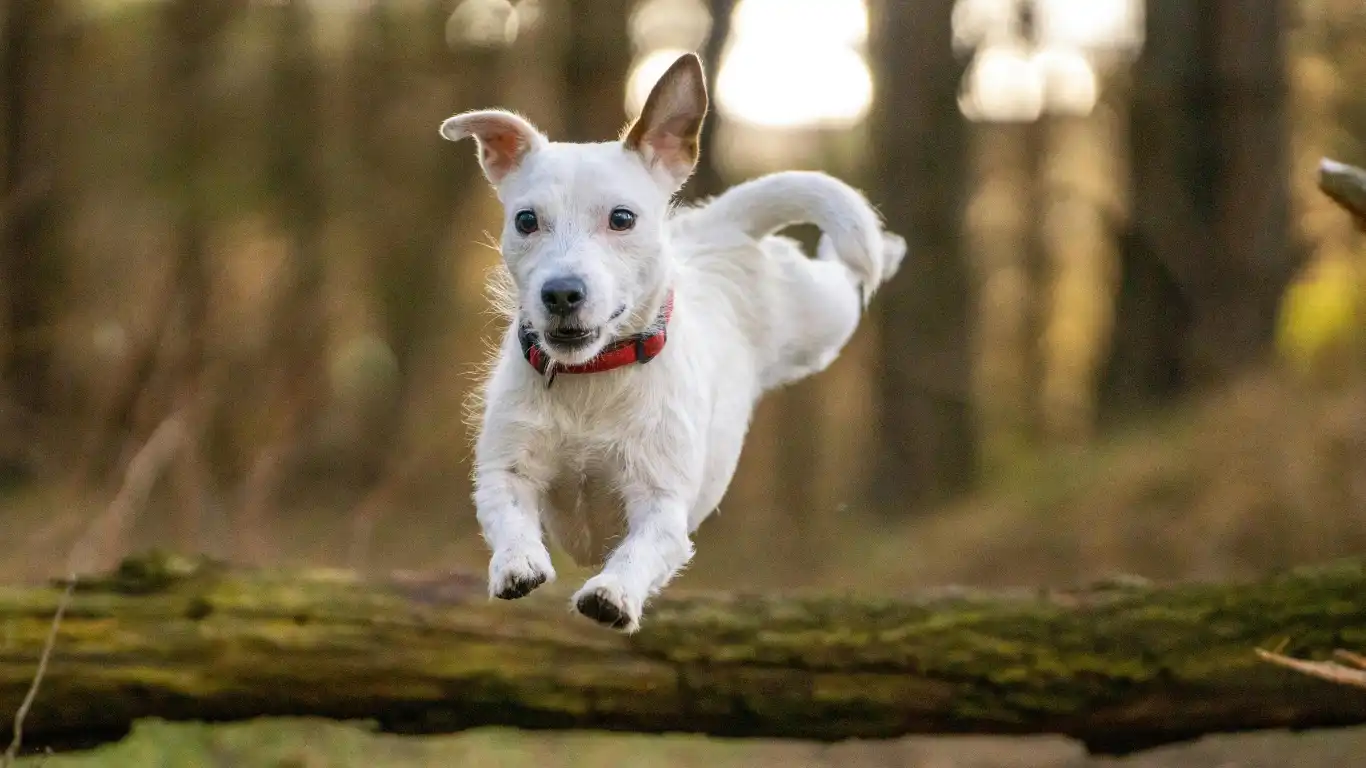
Dogs aren’t just physical creatures—they need mental challenges too! I’ve seen super energetic dogs calm down significantly just by adding some mental exercises to their daily routine. A tired brain equals a happy, well-behaved dog.
1. Basic Obedience Training
Whether you have a puppy or an older dog, training should be part of the daily routine. Simple commands like “sit,” “stay,” and “come” make life easier for both of you.
- Use positive reinforcement—treats, praise, and affection.
- Keep training sessions short and fun—5-10 minutes is perfect.
- Practice consistently to reinforce good behavior.
2. Interactive Toys & Puzzle Games
If you’ve got a dog that always seems to be getting into mischief, chances are they’re bored! Try incorporating puzzle toys or treat-dispensing games into their day.
- Hide treats in a snuffle mat for them to find.
- Use a KONG toy filled with peanut butter to keep them busy.
- Play hide-and-seek with their favorite toy or a treat.
3. Socialization & New Experiences
Dogs are social creatures! Introducing them to new environments, people, and other dogs helps prevent anxiety and reactivity.
- Take them on different walking routes for new sights and smells.
- Arrange playdates with friendly, well-behaved dogs.
- Expose them to different sounds (doorbells, vacuums, cars) in a controlled way.
By including regular training and mental exercises in your dog’s daily routine, you’ll not only improve their behavior but also strengthen your bond. Trust me, a well-trained dog is a joy to live with!
Ensuring Proper Rest & Sleep
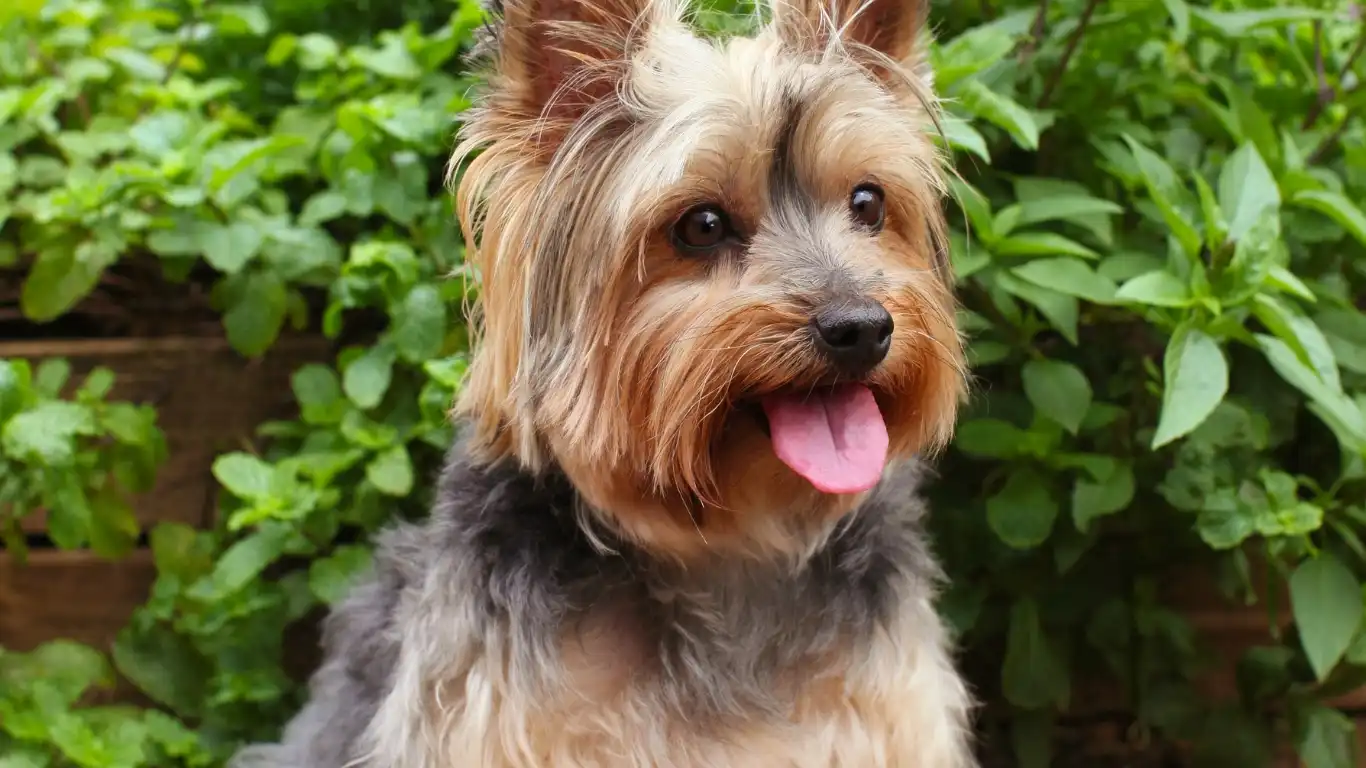
After a day filled with play, training, and meals, your dog needs quality rest. Sleep plays a vital role in their physical health, mental well-being, and overall happiness. From my experience working in veterinary clinics, I’ve seen how a lack of proper rest can lead to irritability, anxiety, and even behavioral issues in dogs.
1. How Much Sleep Do Dogs Need?
The amount of sleep your dog needs depends on their age, breed, and activity level. Here’s a general guideline:
- Puppies: 18-20 hours a day (they’re growing and need extra rest!)
- Adult Dogs: 12-14 hours, split between nighttime sleep and naps
- Seniors: 14-16 hours, as they tire more easily
2. Creating a Comfortable Sleep Environment
Setting up a cozy and quiet space for your dog makes a huge difference in their sleep quality. A well-rested pup is a happy and well-behaved pup!
- Choose the right bed: Orthopedic beds work great for seniors, while plush beds are cozy for small breeds.
- Keep the sleeping area quiet: Loud noises or constant foot traffic can disrupt their rest.
- Maintain a bedtime routine: Just like humans, dogs sleep better with consistency.
Regular Health Checkups & Preventative Care

No daily routine is complete without ensuring your dog’s long-term health. Regular vet visits and preventative care help catch potential issues early, keeping your pup in top shape.
1. Scheduling Vet Checkups
Even if your dog seems perfectly healthy, routine vet visits are essential. I always recommend pet parents schedule at least one annual checkup, or more often for senior dogs and those with medical conditions.
- Puppies: Monthly vet visits for vaccinations and growth monitoring
- Adult Dogs: Yearly checkups, including dental exams and bloodwork
- Seniors: Bi-annual visits to monitor aging-related health concerns
2. Vaccinations & Parasite Prevention
Keeping up with vaccinations and parasite prevention is crucial for your dog’s health. Fleas, ticks, and heartworms can cause serious issues, but luckily, they’re preventable!
- Stay up to date on core vaccines (rabies, distemper, parvo, etc.).
- Use vet-approved flea and tick prevention year-round.
- Give monthly heartworm preventatives to protect against deadly infections.
3. Monitoring Your Dog’s Health at Home
You know your dog best! Keeping an eye on any changes in their behavior, appetite, or energy levels can help you spot potential health concerns early.
- Watch for signs of discomfort: Limping, excessive scratching, or changes in posture.
- Check their gums and teeth: Bad breath or swollen gums could indicate dental issues.
- Monitor their eating habits: Sudden weight loss or refusal to eat warrants a vet visit.
Final Thoughts
Creating a daily care routine for your dog isn’t just about following a strict schedule—it’s about providing stability, love, and the best quality of life possible. From morning walks to bedtime snuggles, every small effort you make adds up to a healthier and happier pup.
As someone who has dedicated my career to pet nutrition and care, I can confidently say that a well-structured routine doesn’t just benefit dogs—it makes life easier for pet parents too! So whether you’re just starting with a new pup or fine-tuning your senior dog’s routine, consistency is key.
Additional Resources
- For more pet care tips, visit AKC.
- Learn about dog nutrition at WSAVA.
- Find a veterinarian near you via AVMA.
Disclaimer
This article is for informational purposes only and should not replace professional veterinary advice. Always consult with a veterinarian for personalized guidance on your dog’s health and care.

